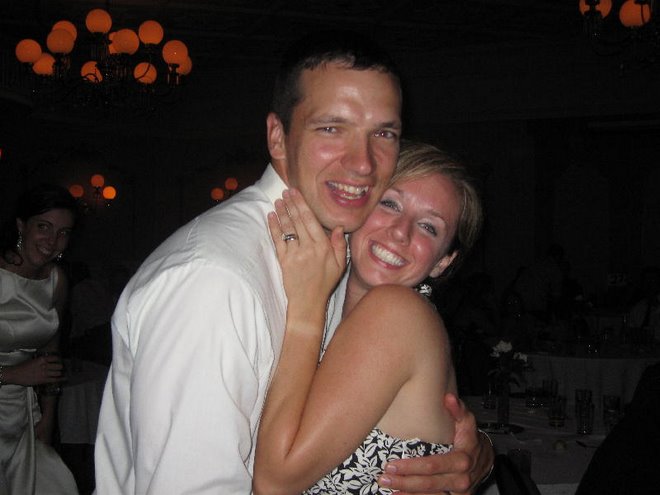Extracted from BBC.com
Cows into Burgers
After Coca-Cola, the hamburger is the best-known American food invention to spread around the world.
A hamburger is not made of ham but of ground-up beef, shaped into a patty, which is then grilled and placed between the two halves of a sesame seed bun.
It takes a lot of cows to provide the world's hamburgers, and turning so many cattle into so much beef meat needs an industrial process. Cattle eat grass at pasture or on the range, but in the USA many are specially fattened up for their last three months before slaughter.
In giant feedlots up to 100,000 cattle eat grain from concrete troughs, along with a cocktail of anabolic steroids and growth hormones. According to a recent study by the US Department of Agriculture, these crowded conditions are a breeding ground for infectious diseases.
Many feedlots are owned or controlled by the four giant meatpacking firms that slaughter 84% of the USA's cattle.
In 1960 a revolution occurred in this industry. A company called Iowa Beef Packers created a "disassembly" line for cattle slaughter that eventually did away with old-style skilled workers.
It was like the Henry Ford system for building motor-cars, based on "scientific management" theories of maximising efficiency. Each worker is required to stand in the same spot and do the same movements for an eight-hour shift.
When the cattle are driven into the slaughterhouse, the "knocker" shoots each one in the head with a compressed air stunner that drives a steel bolt into its brain, knocking the beast unconscious.
The cow falls down, and another worker attaches a chain round a rear leg which then hauls the animal into the air upside-down.
The "sticker" then severs the carotid artery in the neck, one every ten seconds. The whole carcase is then carried on down the disassembly line past other workers with chain-saws, hooks and knives who carve it up further into the bits for retail.
The de-skilled work of meatpacking is dirty and dangerous and rarely unionised according to Eric Schlosser who investigated slaughterhouses for his book Fast Food Nation.
Much of this work, Schlosser contends, is done by recent immigrants or illegal aliens in giant factories near the rural feed-lots.
Automated Meat Recovery Systems can get every scrap of meat off a bone. The bones, hooves, blood and scraps can also be rendered into pet-food.
Giant grinders are installed for making hamburgers. Modern plants can process 800,000 pounds of hamburger meat a day, from many thousands of different cattle.
The meat in a single fast food hamburger could come from dozens, or even hundreds of cows.

